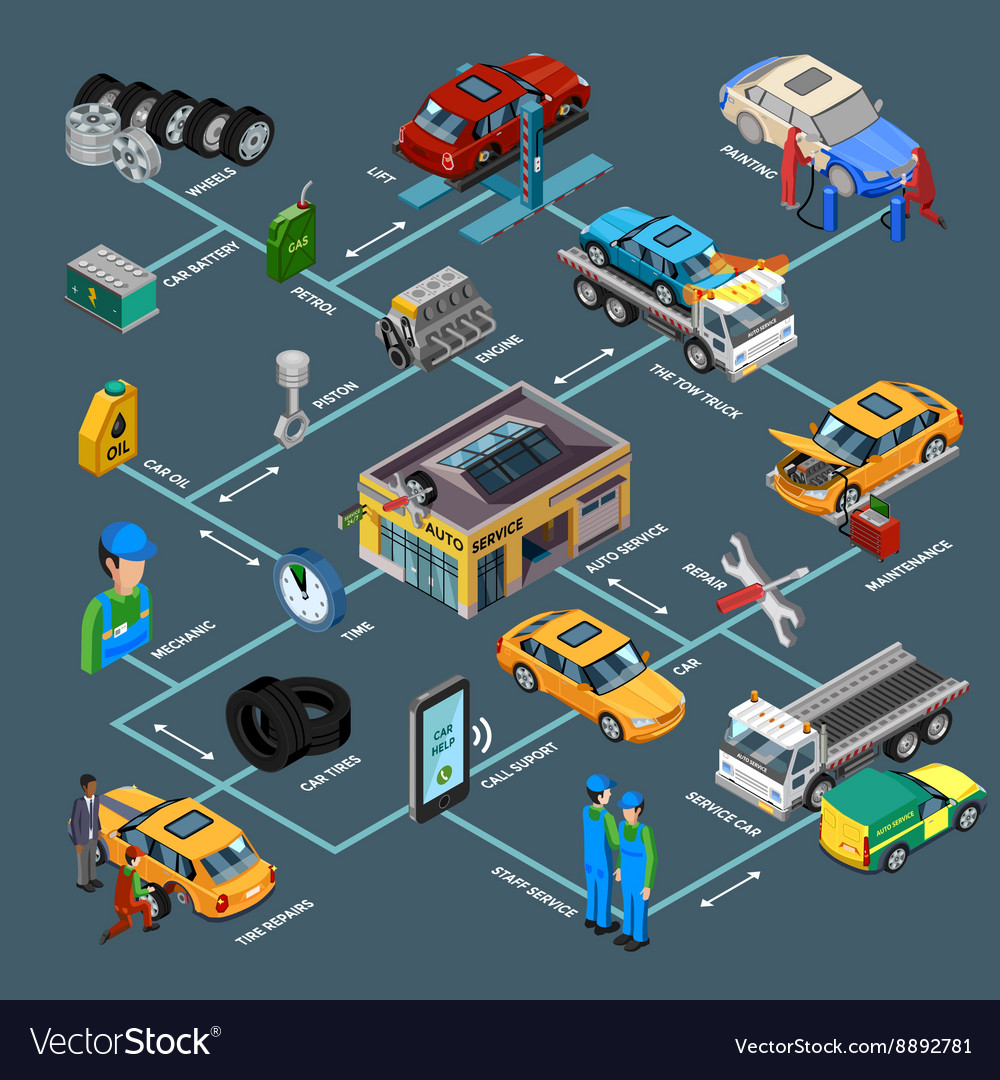Interpreting Your Car'S Alert Lights: Their True Implications
Interpreting Your Car'S Alert Lights: Their True Implications
Blog Article
Content Writer-Boye Gilbert
When you lag the wheel, those beautiful warning lights on your dashboard can be a bit bewildering. Do you know what they're trying to inform you regarding your car's health? Understanding https://messiahrmgav.blogoscience.com/38292653/mobile-cars-and-truck-explaining-convenience-satisfies-high-quality-for-your-car of these lights is crucial for your security and the long life of your lorry. So, the next time one of those lights turns up, wouldn't you wish to understand its message accurately and take the required actions to address it?
Common Caution Lighting and Interpretations
Recognize common warning lights in your auto and understand their definitions to make sure risk-free driving.
The most regular warning lights include the check engine light, which indicates problems with the engine or exhausts system. If this light begins, it's vital to have your automobile checked immediately.
The oil pressure warning light suggests reduced oil pressure, calling for instant focus to prevent engine damages.
A flashing battery light may suggest a damaged charging system, potentially leaving you stranded otherwise resolved.
The tire stress tracking system (TPMS) light notifies you to low tire stress, impacting lorry stability and gas performance. Neglecting this might result in risky driving conditions.
car motor cleaning near me indicates a trouble with the anti-lock braking system, jeopardizing your ability to stop rapidly in emergencies.
Last but not least, the coolant temperature level alerting light warns of engine getting too hot, which can cause extreme damage otherwise settled swiftly.
Recognizing look at here will certainly aid you resolve concerns immediately and keep safe driving problems.
Importance of Prompt Focus
Recognizing the common caution lights in your vehicle is only the first step; the importance of without delay dealing with these cautions can't be stressed sufficient to ensure your safety on the road.
When a warning light illuminates on your dashboard, it's your cars and truck's method of interacting a potential problem that needs focus. Neglecting these cautions can cause much more extreme troubles down the road, jeopardizing your safety and potentially costing you more out of commission.
https://www.nbc29.com/2022/01/07/car-part-shortages-leading-long-wait-times-repair-shop/ to alerting lights can stop breakdowns and crashes. As an example, a blinking check engine light can show a misfire that, if left unattended, might trigger damages to the catalytic converter. Resolving this immediately can conserve you from an expensive repair work.
Likewise, a brake system cautioning light could indicate low brake liquid or used brake pads, vital components for your security when driving.
DIY Troubleshooting Tips
If you see a caution light on your control panel, there are a couple of DIY fixing suggestions you can try prior to seeking specialist aid.
The first step is to consult your cars and truck's manual to recognize what the details caution light suggests. Occasionally the issue can be as basic as a loosened gas cap triggering the check engine light. Tightening the gas cap might deal with the trouble.
Another common problem is a reduced battery, which can set off various alerting lights. Examining the battery links for deterioration and ensuring they're safe might deal with the issue.
If a caution light persists, you can attempt resetting it by disconnecting the car's battery for a few minutes and after that reconnecting it. Furthermore, inspecting your vehicle's fluid levels, such as oil, coolant, and brake liquid, can assist fix alerting lights connected to these systems.
Verdict
In conclusion, understanding your car's caution lights is necessary for keeping your automobile running smoothly and safely. By quickly addressing these alerts and understanding what they indicate, you can stay clear of pricey repairs and potential failures.
Bear in mind to consult your vehicle's handbook for particular details on each cautioning light and take action accordingly to make sure a trouble-free driving experience.
Stay educated, stay risk-free on the road!
